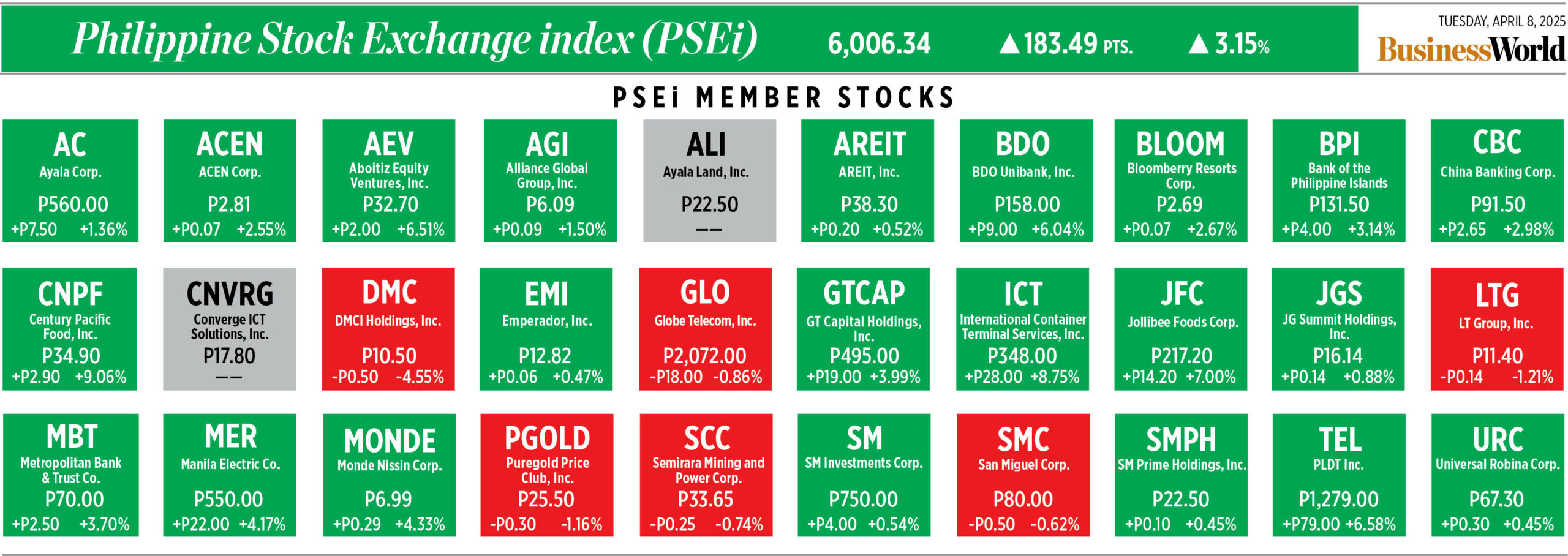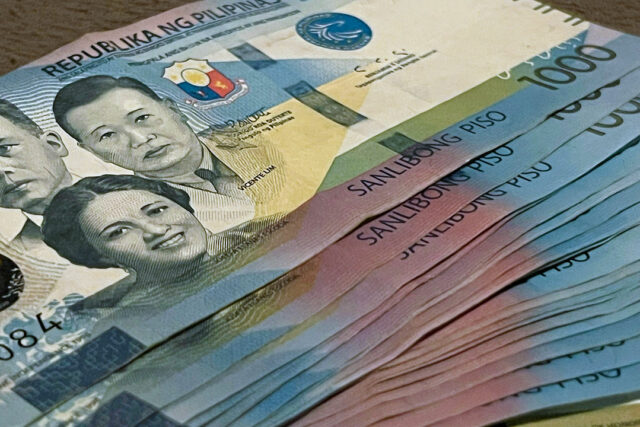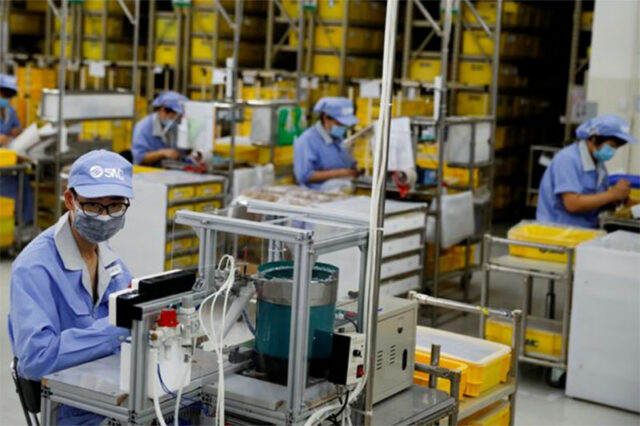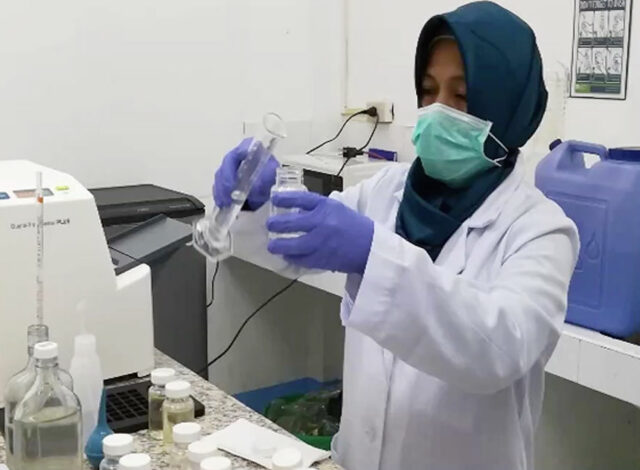THE United Nations Economic and Social Commission for Asia and the Pacific (ESCAP) has maintained its Philippine economic growth forecast for this year, citing Southeast Asia’s sustained electronics boom.
Philippine gross domestic product (GDP) is expected to expand by 6.1% this year, ESCAP said in its Economic and Social Survey of Asia and the Pacific 2025 report, unchanged from its April report last year.
For 2026, the Philippines is expected to grow 6.3%, ESCAP said.
Both projections are within the government’s official 6%-8% target band for the 2025-2028 period.
ESCAP expects the Philippines to be the second-fastest growing economy in Southeast Asia this year, behind Vietnam (6.5%).
In 2026, the Philippines is expected to share the top spot for growth with Vietnam (6.3%).
Last year, growth was a weaker-than-expected 5.7%, as revised, exceeding the 5.5% in 2023. It fell short of the government’s revised 6-6.5% target.
“The (report) highlights how domestic and external pressures, including relatively high interest rates, persisting sovereign debt risks and rising trade tensions and fragmentation, are testing the economic resilience of the region,” Under-Secretary-General of the United Nations and ESCAP Executive Secretary Armida Salsiah Alisjahbana said in the report.
ESCAP also maintained its 4.7% projection for the region in 2025, and 4.6% next year.
“The strong economic performance of Southeast Asia is expected to continue, benefiting from ongoing manufacturing value chain diversification, a boom in global demand for electronics and semiconductors, and robust domestic consumption,” ESCAP said.
For the Asia-Pacific, ESCAP raised its forecast to 4.5% from 4.4% previously. It also expects the region to grow by 4.4% in 2026.
“The macroeconomic outlook for 2025 and 2026 is cautiously optimistic. The region’s GDP growth is likely to remain largely stable at lower inflation rates despite growing external pressures and continuing internal structural challenges,” it said.
However, this projection did not account for the sweeping tariffs imposed by US President Donald J. Trump on April 2.
Philippine goods will be charged a 17% tariff on entering the US.
ASEAN economies were assigned some of the highest tariffs, which will take effect on April 9. Cambodia is facing a 49% tariff, followed by Laos (48%), Vietnam (46%), Myanmar (44%), Thailand (36%), Indonesia (32%), Malaysia (24%), and Brunei (24%).
“These are new projections which were completed a month ago, or more than that in fact, so the latest developments are not reflected here, simply because we simply don’t have the data at the moment to try and quantify the impact of latest developments, which are literally almost less than a week old only,” according to Hamza Malik, director of ESCAP’s Macroeconomic Policy and Financing for the Development Division.
In the report, ESCAP noted three risks to its baseline projections, including the intensification of the tariff hikes in the US and retaliation by other economies.
Other risks include the inflationary impact of trade policy shifts as well as rising economic uncertainty that “could keep global interest rates at a high level for a longer-than-expected period.”
In the same report, ESCAP also lowered its inflation forecast for the Philippines in 2025 to 3.3% from 3.8%. Its 2026 projection is 3.5%. — Aubrey Rose A. Inosante















